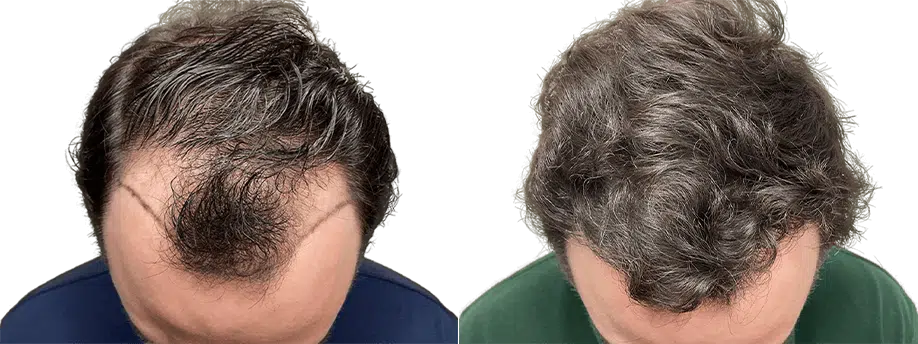What to expect from a hair transplant
What To Expect From Surgical Hair Transplant? Is pattern baldness making you pull your hair out? You’re not alone. According to the American Hair Loss Association, 95% of males will have faced some degree of hair loss by the age of 35; and this condition affects many women as well. If you’re one of these follicular-challenged fellows, you may have considered surgical hair transplant procedures. Today, this prospect offers several successful and AHLA-approved techniques for remedying thinning hair due to a variety of causes.
What To Expect From Surgical Hair Transplant?
Follicular Unit Transplantation (FUT)
There are two main types of Surgical Hair transplant procedures and what to expect? The first is hair transplant, or Follicular Unit Transplantation (FUT). In order to utilize FUT, you’ll need to have adequate hair at a donor site that can be transplanted. Typically, when male pattern baldness occurs, a permanent ring of hair will remain around the sides of the head. This “strip method” extracts strips of follicular units.
Because of the method in which this technique is carried out, a patient should be prepared for significant linear scarring; which can sometimes be up to 1.82mm wide. Luckily, a thick head of hair post-surgery will cover this up. If you’re a person who prefers a shorter haircut, you should consider this.
This technique is one case where the risk is worth the reward. If you’ve selected FUT, you’re probably already suffering from considerable balding. Harnessing the power of stereoscopic microscopes, this process gives your surgeon a superior view of the individual hair follicles – allowing them to achieve maximum hair volume. If you undergo FUT, be prepared for longer recuperation periods which can last several weeks.
Follicular Unit Extraction (FUE)
Follicular Unit Extraction (FUE) is an alternative to traditional hair transplantation, and has myriad benefits when compared to its more invasive counterpart. Conducted by punching small incisions around hair follicles and extracting them, FUE harvests and implants these grafts in sparse areas of the scalp. Because scarring is much more minimal with this procedure, it’s recommended for younger patients, or those whose scars don’t heal as easily. Imagine getting back to work and play sooner; recuperation time is also much more favorable with this procedure. It typically takes about 10 days for a donor site to look healed.
Speak with your surgeon about your role in achieving optimal results with your hair restoration surgery. It all starts with you; most physicians will recommend that a patient stop drinking and smoking for up to two weeks leading up to a surgery, as it decreases the effectiveness of grafting. Following your procedure, you may feel some pain and tenderness on the scalp.
Neither FUT or FUE is a quick fix. In the two to three weeks following your procedure, don’t be alarmed if some transplanted hair sheds. This is completely normal and means that your follicles are making way for new, healthy growth. Be patient, as it may take about six to nine months, post-operation to see significant results. If they feel it is necessary, your surgeon may recommend a hair regrowth drug such as propecia or minoxidil to accelerate the growth process and minimize future hair loss.
Expect a Good Hair Transplant Results from Expert
If you’re considering undergoing hair transplant, be sure to select a highly-qualified, board-certified surgeon who will ensure both your safety and natural-looking results and you can expect a better results. The experts at Maxim Hair Restoration have extensive experience conducting FUE and FUT procedures, and will help you make an informed decision. Are you ready to make today your last “bad” hair day? Contact MAXiM Hair Restoration for a free consultation.

